21 Facts About The Confederate Flag That Not Even Southerners Seem To Know
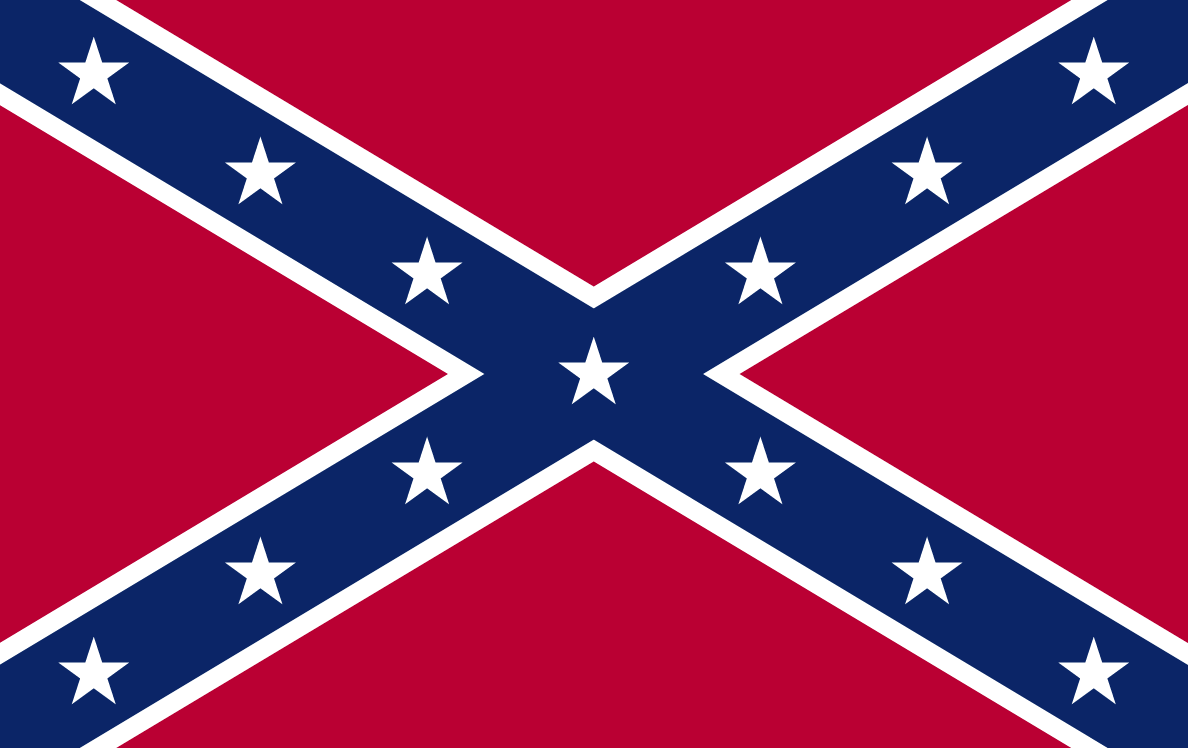
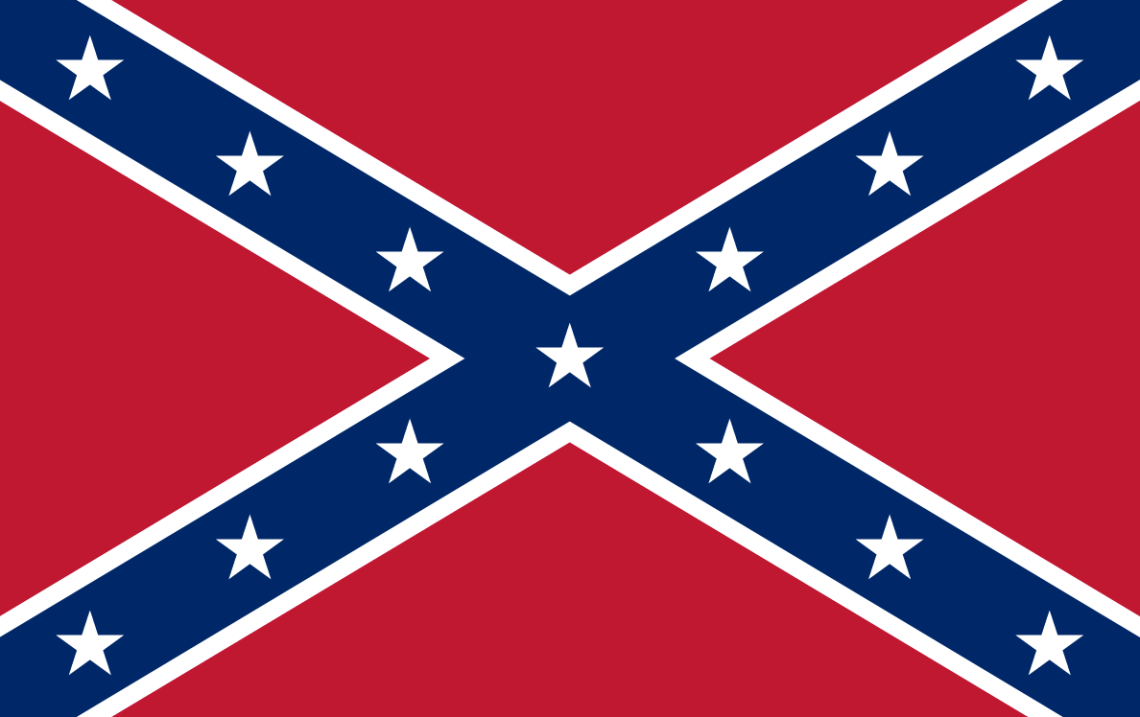
In light of the tragic shooting at Emanuel AME Church in Charleston last week, the Confederate flag is once again making an appearance in the news cycle. However, with the exception of a very few stories, the history of the Confederate flag seems to largely be left out of the equation with people defending the flag seeming to be confused about what the Confederate flag ever looked like.
1. You may think the Confederate flag looks like the above flag. You may associate this with either the Dukes of Hazzard, the flag flying at your state house, or that flag in the back of that truck. Regardless of where you’ve seen it, it is not the Confederate flag. It is the flag of the Confederate Army of Tennessee. [Source]
2. I’ve heard news reports claiming the above flag is the flag that Robert E. Lee’s Army of Northern Virginia used while going into battle. That too is incorrect. Robert E. Lee’s flag wasn’t rectangular. It was square and looked like this.
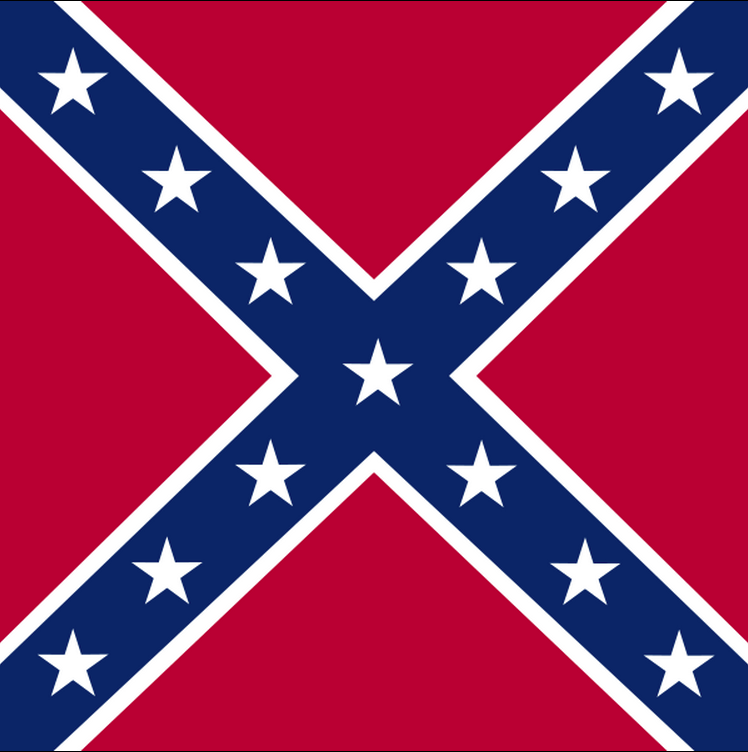
Similar? Yes. The same? No.
3. In fact the Confederate flag didn’t really look like what people think is the Confederate flag at all. Below is what the Confederate flag actually looked like. Although there were several iterations of it, none looked like the flag of the Army of Tennessee.
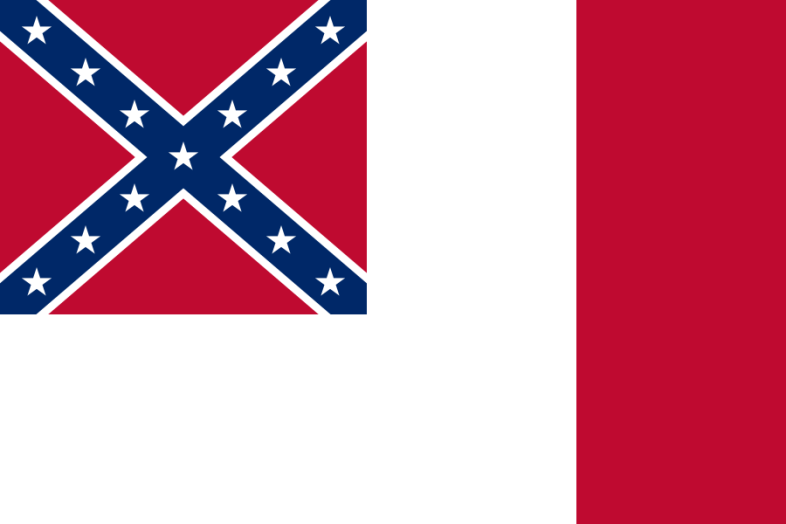
That was the final version. The first version looked completely different and the flag was changed almost yearly.
4. This next flag was the first Confederate flag it is the only flag called “the Stars and Bars.” There is no other Confederate flag called “the Stars and Bars.”
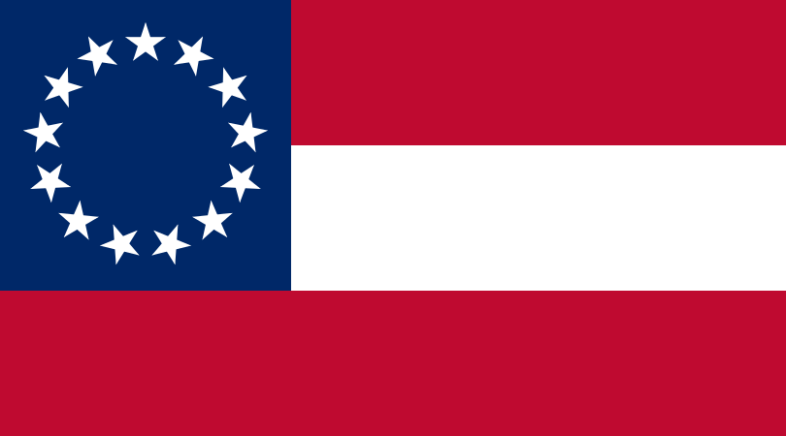
5. The rebel flag as depicted at the top was a battle flag, not a national flag. It represented conflict and war and everyone living during the Civil War and immediately afterwards knew that. People today seem to think it’s the actual Confederate Flag and it’s often associated with a notion of Southern pride. If that was so then it would need to be Tennessee pride, not Southern pride.
In short, it’s not the Confederate flag at all.
6. Tennessee pride today looks like this though. This is great sausage, btw.

7. I’m not going to refer to the so called rebel flag as the Confederate flag. I’ll be calling it the rebel flag from now because it’s not the Confederate flag.
8. However, people can’t be blamed for not knowing what the Confederate flag is or isn’t. Even South Carolina’s Senator has no idea what the Confederate flag is.
9. Nationally, less than 1 in 10 Americans look at the rebel flag and have a positive reaction to it. [Source]
10. Nationally, 30% of Americans don’t like it. [Source]
11. Nationally, 58% of Americans have no reaction to it at all aka they could care less. [Source]
12. Given the racial connotations behind the rebel flag you might think that all Black Americans universally hate it. They don’t. Nationally, 45% of Black Americans polled say they have no real reaction to it at all. [Source]
13. Nationally, 41% of Black Americans do state that they have a negative reaction to the flag. I found this surprisingly low but perhaps I shouldn’t have. [Source]
14. The rebel flag is relatively new as a Southern symbol. In fact, it wasn’t a part of any state flag until after the Supreme Court ruled on Brown v Board of Education and forced the integration of public schools. Georgia made it a part of their state flag two years afterward in 1956. Here’s what it looked like at that time.
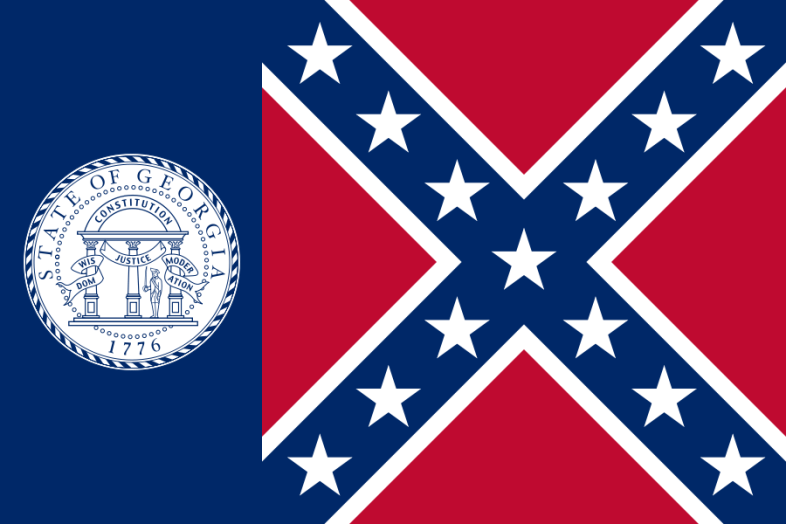
15. In 2003, 73.1% of the people of Georgia voted to remove the rebel flag from their state flag.
16. Mississippi has gone the opposite direction. In 2001, the state of Mississippi had to choose a new flag. They had two choices. This:
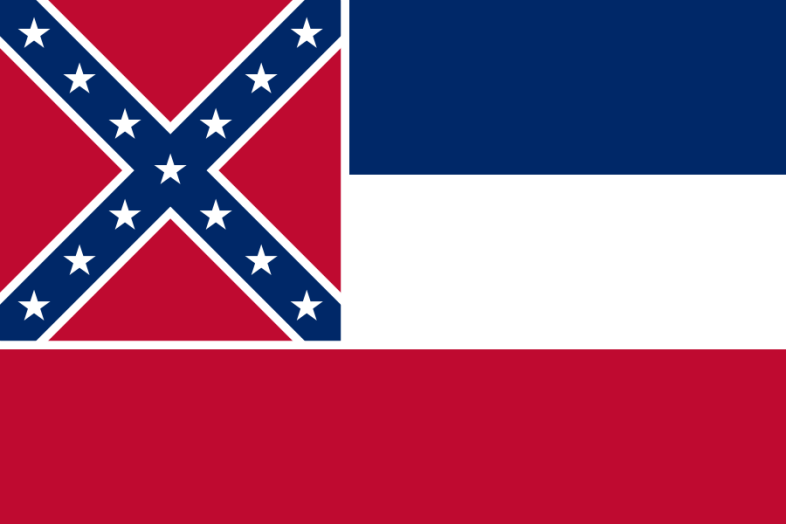
Or this:
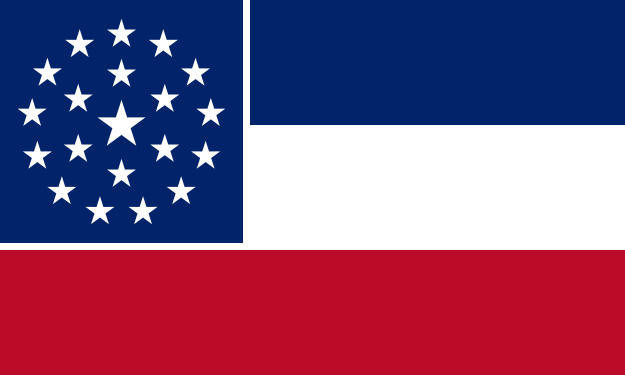
This second design had a very interesting meaning, historically.
The outer ring of 13 stars would represent the original Thirteen Colonies, the ring of six stars would represent the six nations that have had sovereignty over Mississippi territory (various Native American nations as a collective nation, French Empire, Spanish Empire, Great Britain, the United States, and the Confederacy), and the inner and slightly larger star would represent Mississippi itself.
On a vote of 65% to 36%, Mississippians chose to include the flag of the Army of Northern Virginia into their state flag instead and picked the top one.
17. 56% of people asked state that they believe that the rebel flag is “still relevant to American politics and American life.” [Source]
18. 39% said that it was of historical relevance but that it had no relevance in modern politics. [Source]
19. In 2000, the rebel flag, which had been flown from atop the South Carolina capital building, was taken down per legislation by the state senate. A historically accurate version of the flag was then flown in front of the capital near the Confederate war memorial there. [Source]
20. A poll in 2005 revealed that 74% of Black South Carolinians would have preferred to see the flag not be flown at the capital at all. [Source]
21. Today, South Carolina Governor Nikki Haley called for the rebel flag to be removed from the South Carolina capital’s grounds. Only the South Carolina state legislature has the power to remove the flag from capital grounds. ![]()

